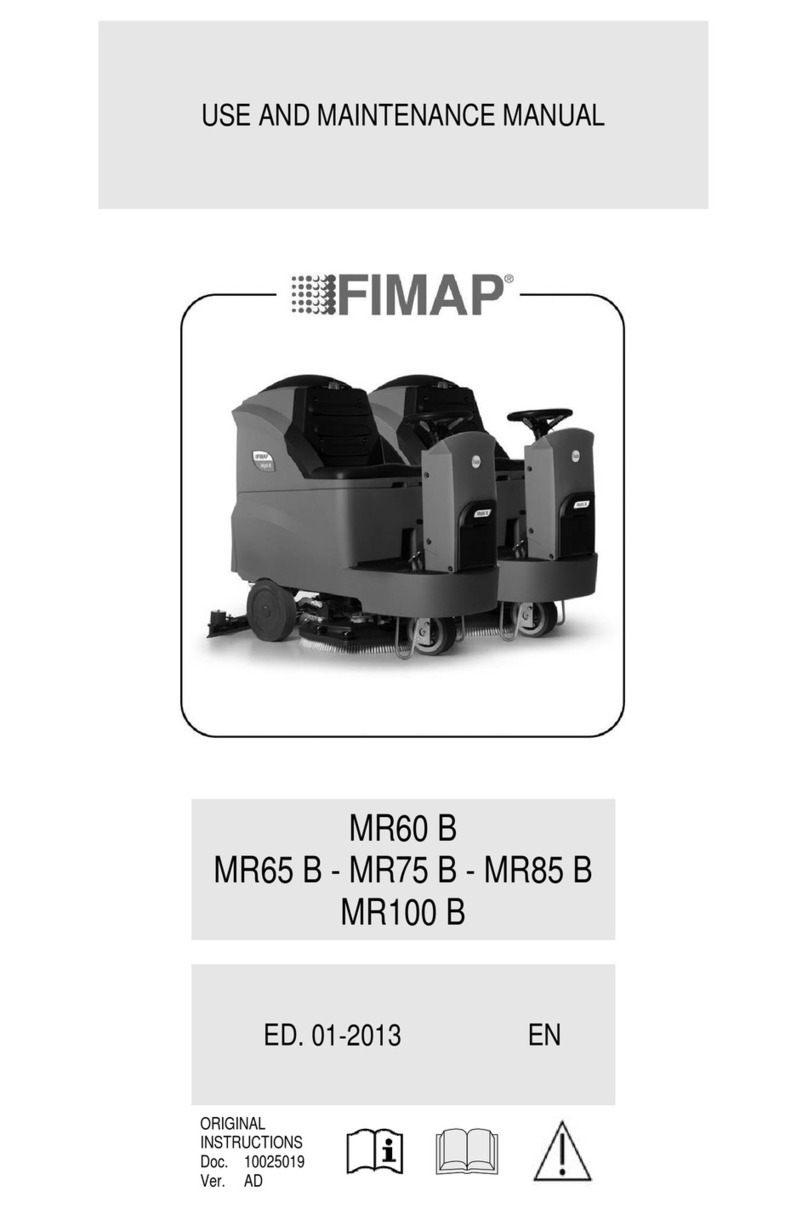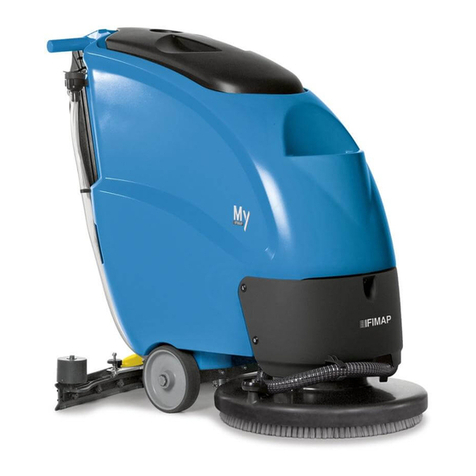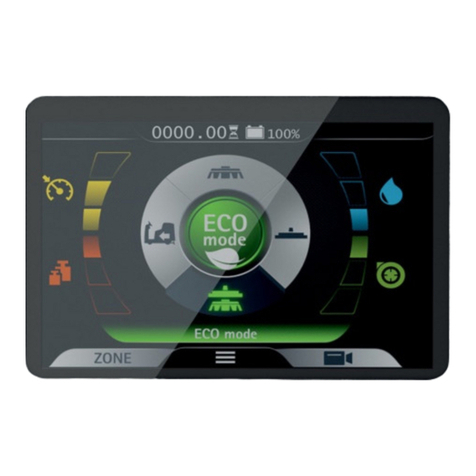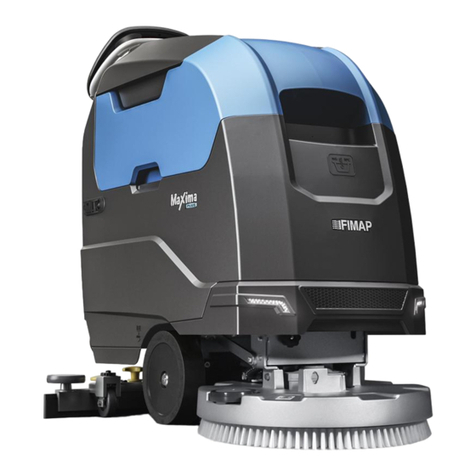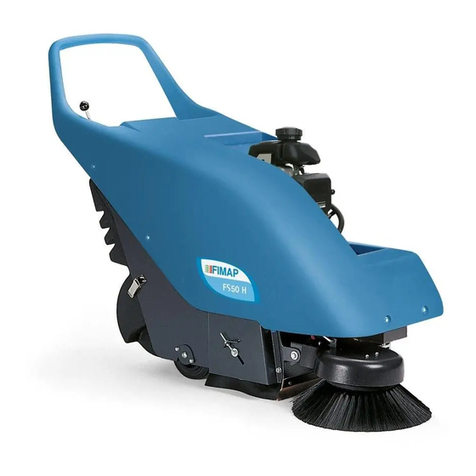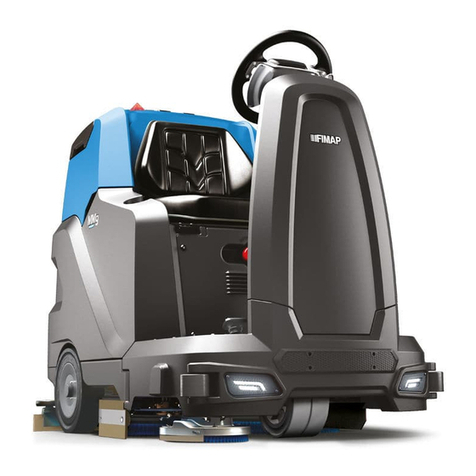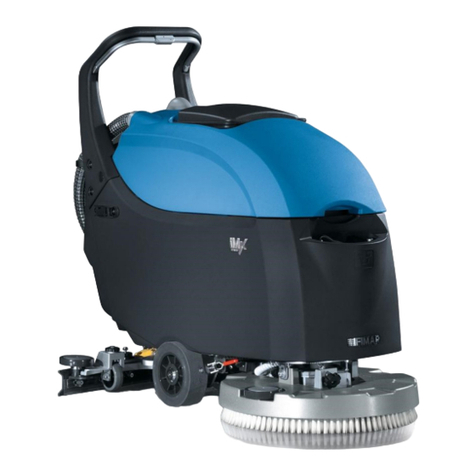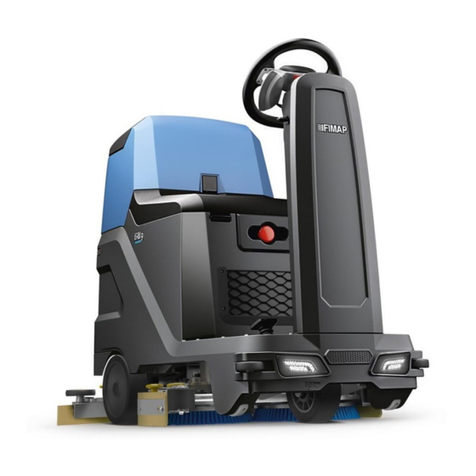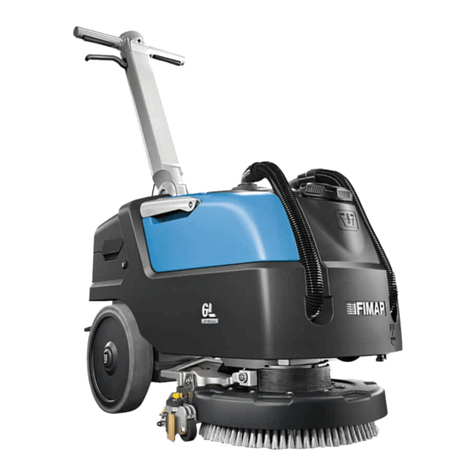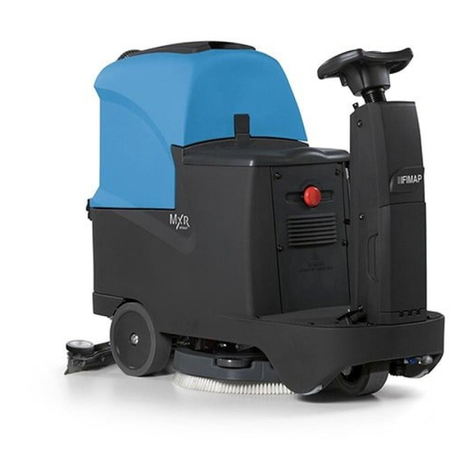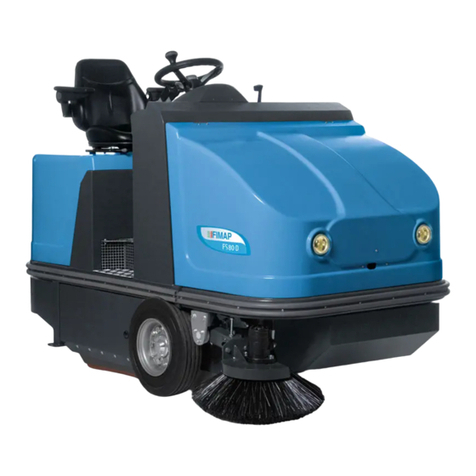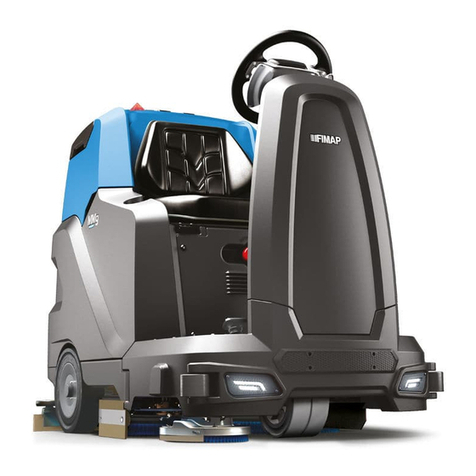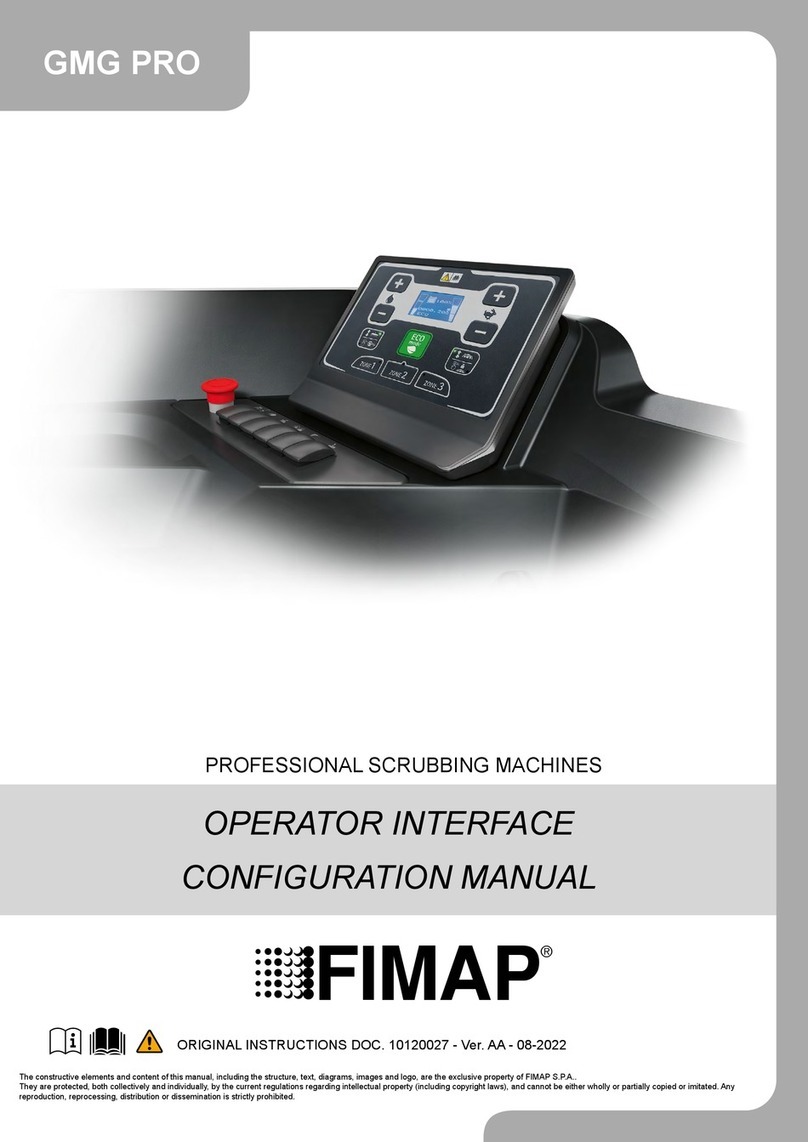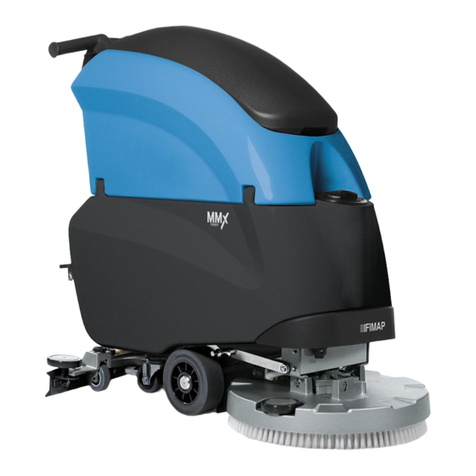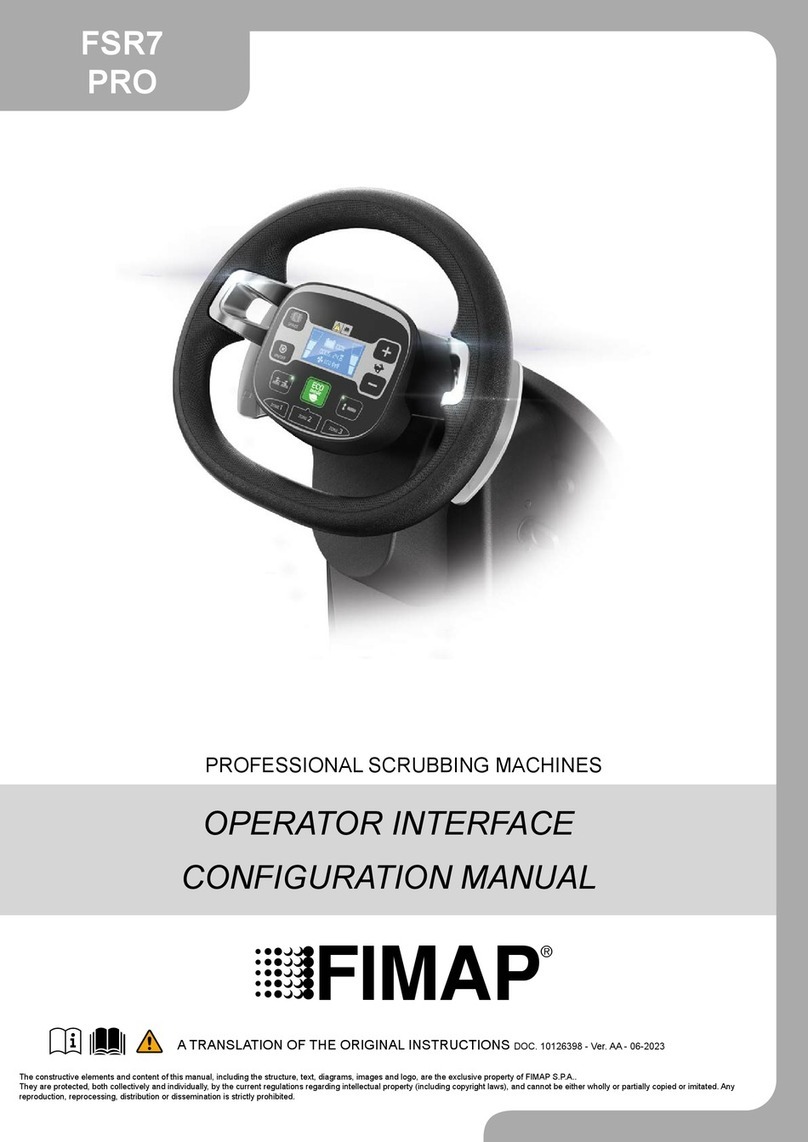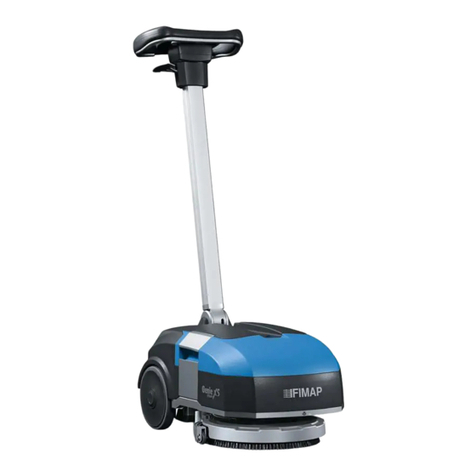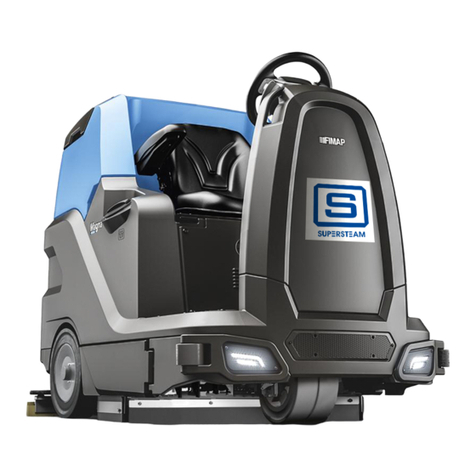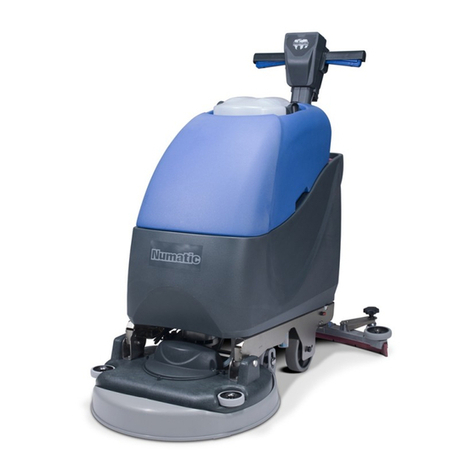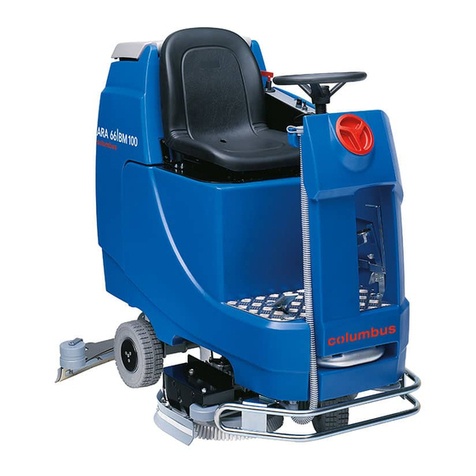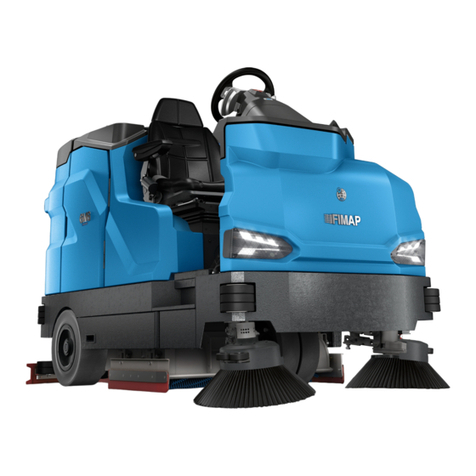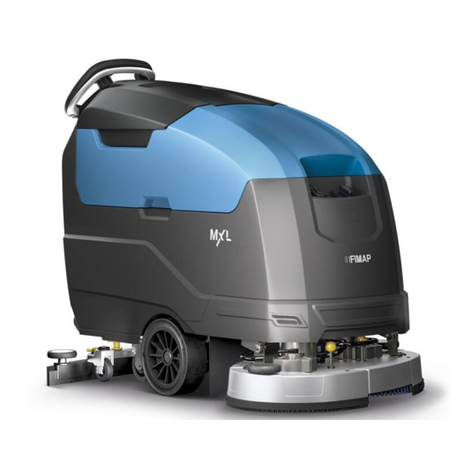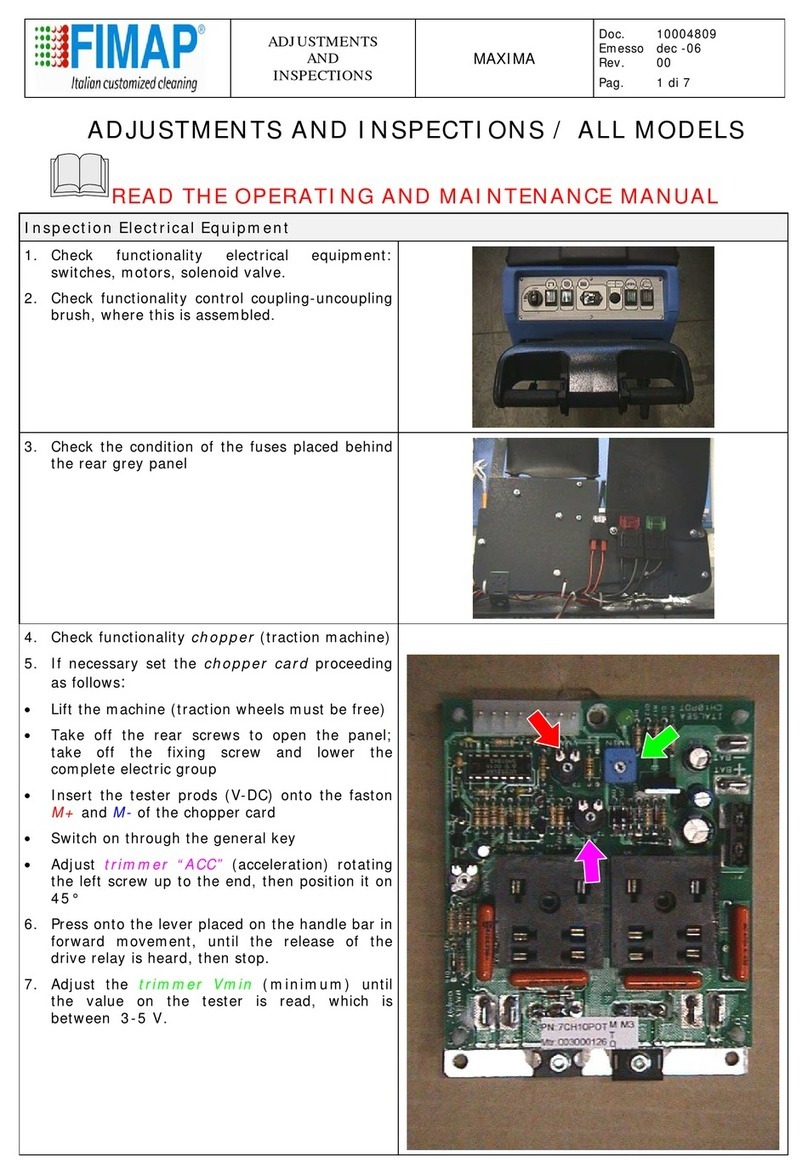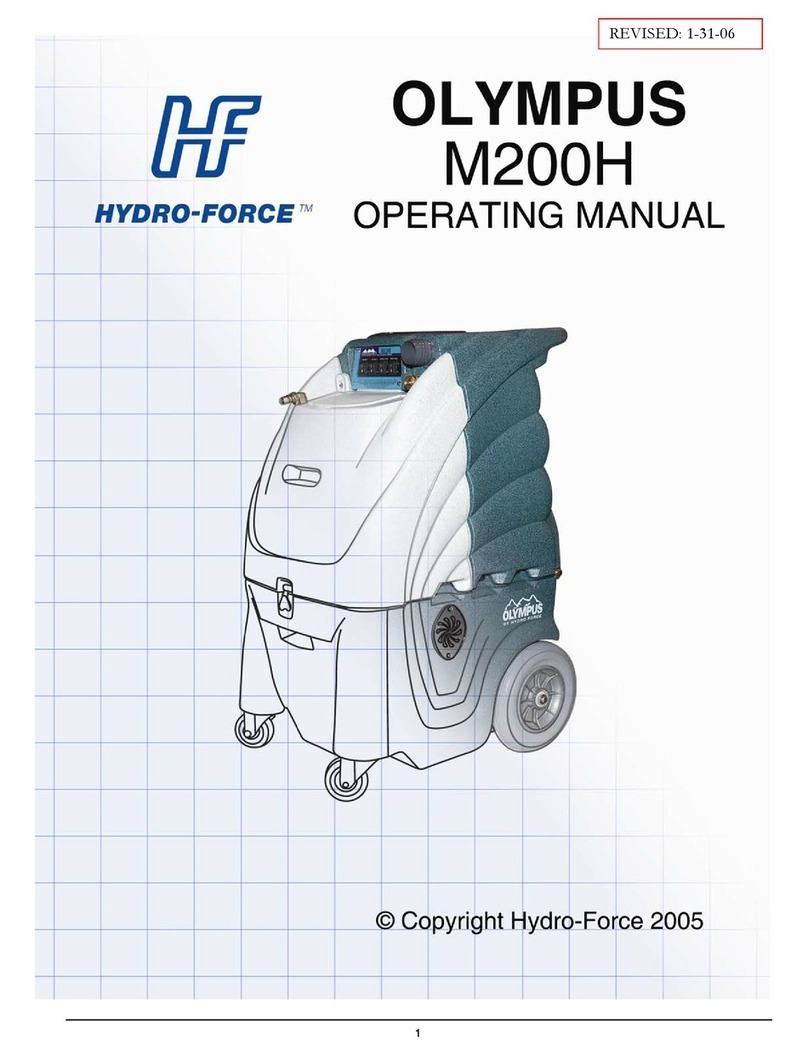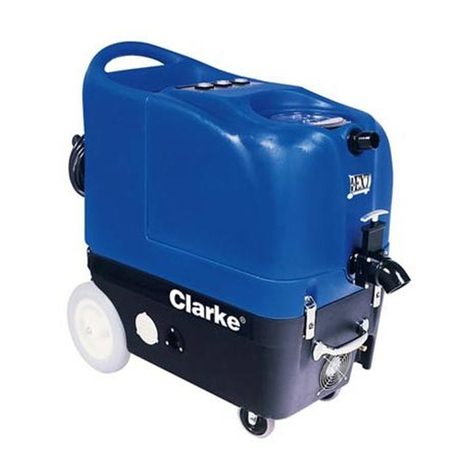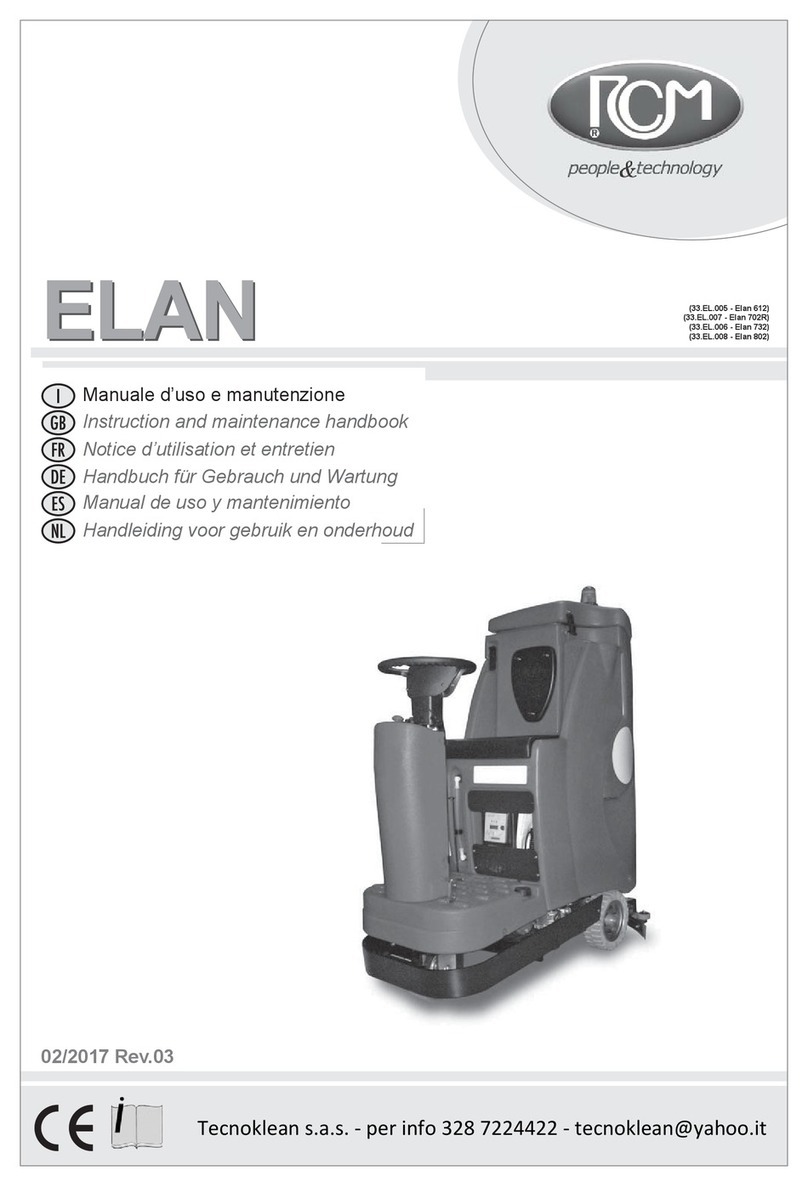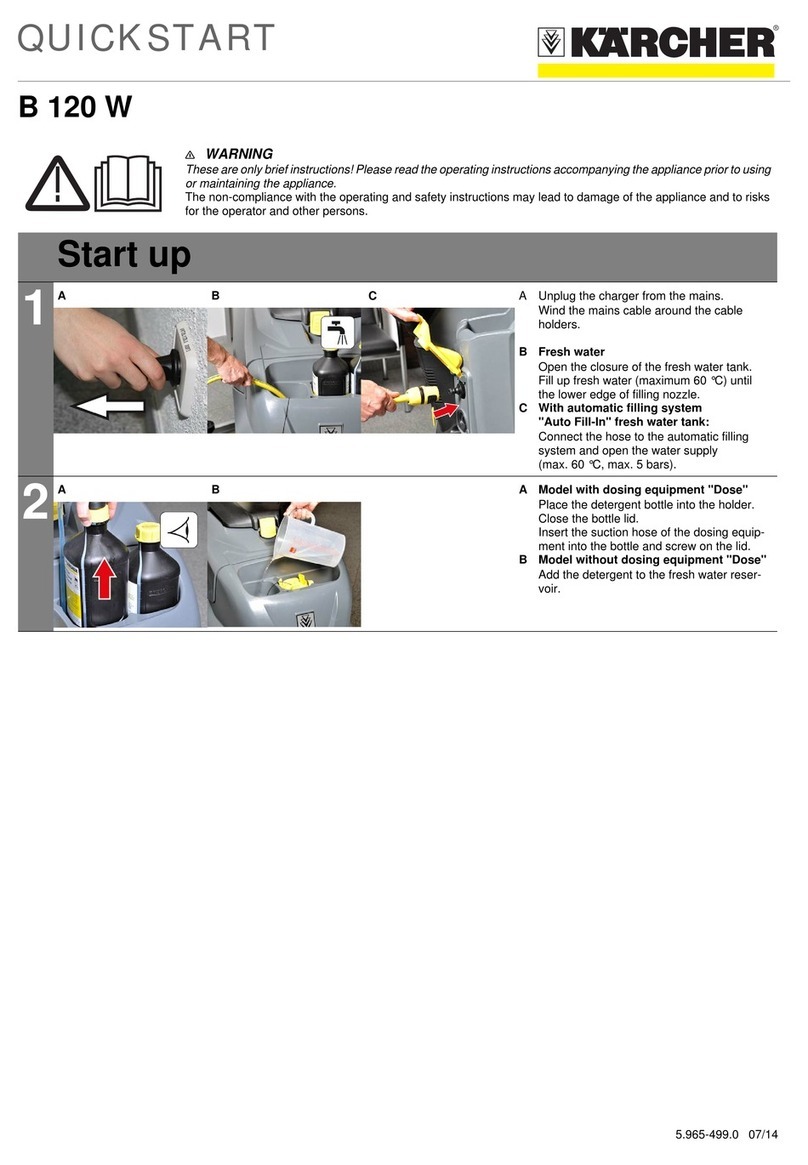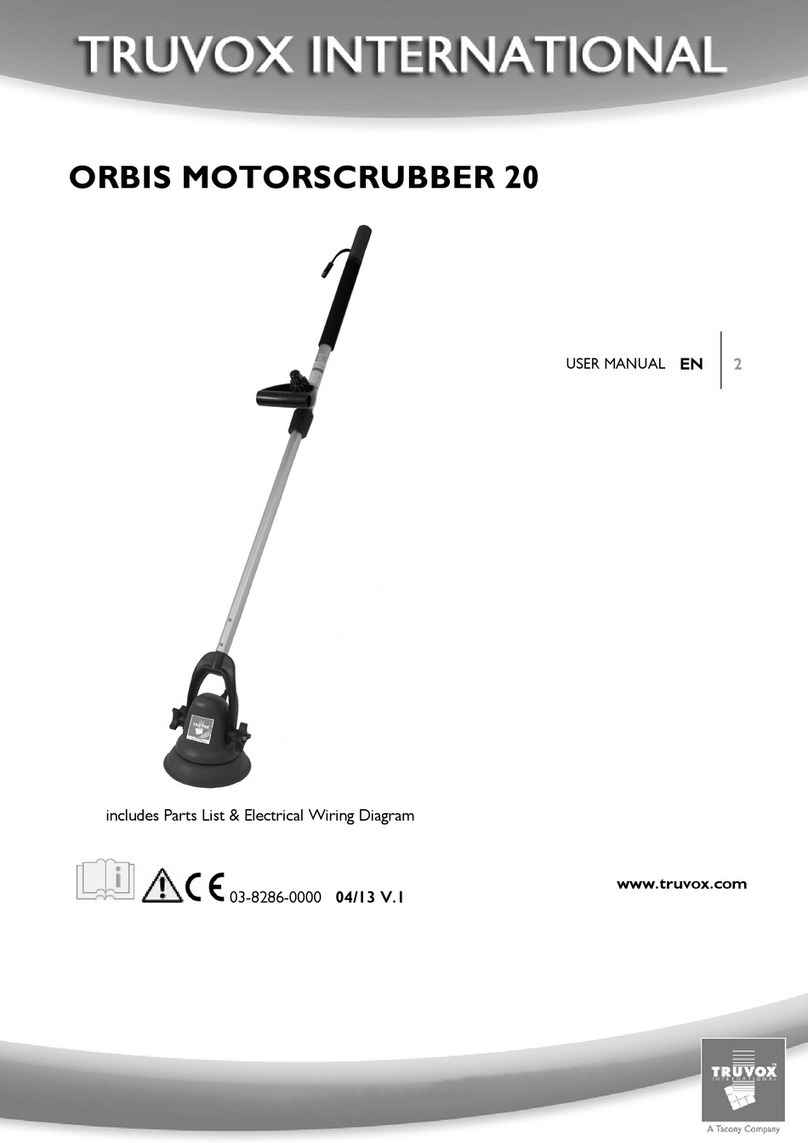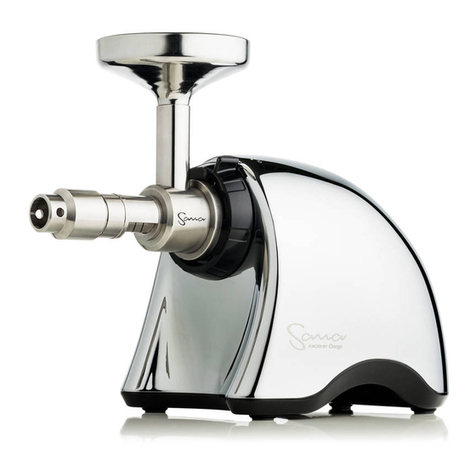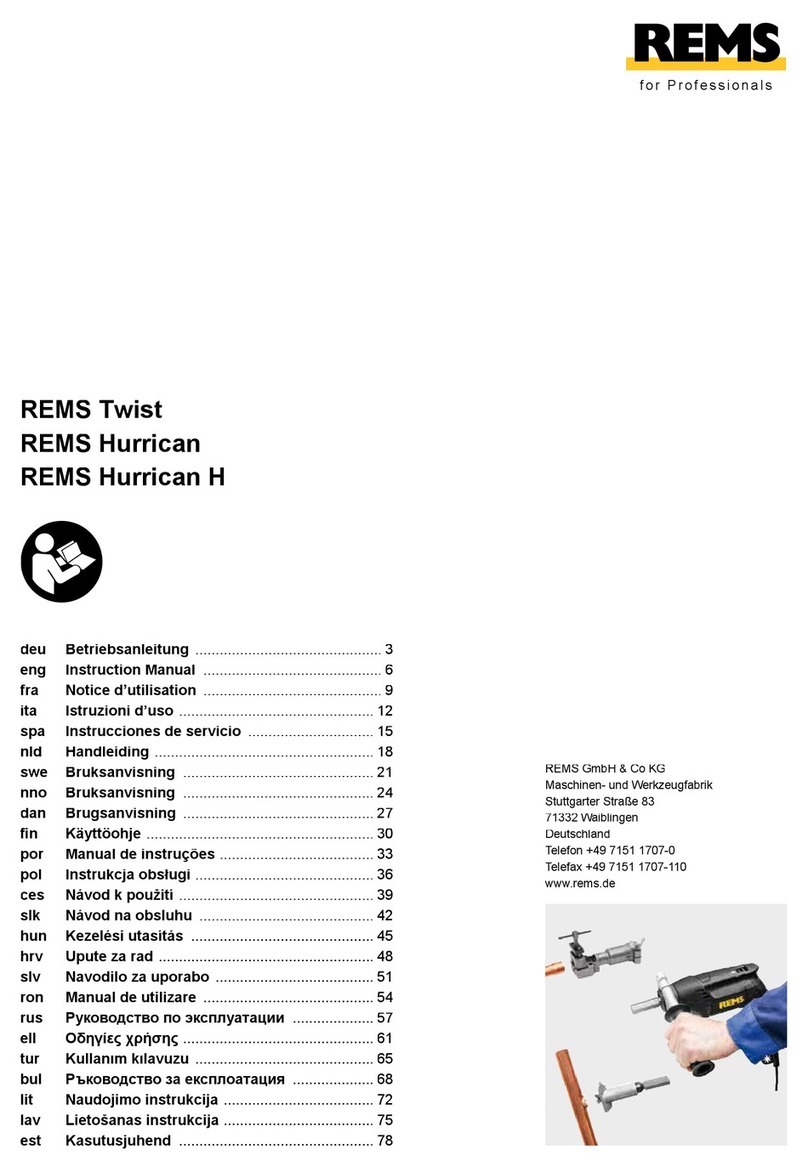
3
CONTENTS
ON CONSIGNMENT OF THE MACHINE.............................................................................................................................................5
SERIAL NUMBER PLATE.................................................................................................................................................................5
INTRODUCTORY COMMENT............................................................................................................................................................5
INTENDED USE ...............................................................................................................................................................................5
TECHNICAL DESCRIPTION............................................................................................. ERRORE. IL SEGNALIBRO NON È DEFINITO.
SYMBOLS USED ON THE MACHINE ................................................................................................................................................7
GENERAL SAFETY REGULATIONS ...............................................................................................................................................10
PREPARATION OF MACHINE ........................................................................................................................................................11
1.HANDLING THE PACKED MACHINE.......................................................................................................................................................................................................................11
2.HOW TO MOVE THE MACHINE................................................................................................................................................................................................................................11
3.INSTRUMENT PANEL COMPONENTS..................................................................................................................................................................................................................11
4.STEERING COLUMN COMPONENTS....................................................................................................................................................................................................................12
5.FOOTBOARD COMPONENTS...................................................................................................................................................................................................................................13
6.SEAT SUPPORT COMPONENTS.............................................................................................................................................................................................................................13
7.FRONT MACHINE COMPONENTS...........................................................................................................................................................................................................................14
8.BATTERY TYPE...............................................................................................................................................................................................................................................................14
9.BATTERY MAINTENANCE AND DISPOSAL........................................................................................................................................................................................................14
10.HANDLING - INSERTING BATTERIES.................................................................................................................................................................................................................14
11.CONNECTING THE BATTERIES AND BATTERY CONNECTOR................................................................................................................................................................15
12.CONNECTING THE BATTERY CHARGER.........................................................................................................................................................................................................16
13.BATTERY CHARGE LEVEL INDICATOR (BATTERY VERSION)................................................................................................................................................................16
14.SERVICE BRAKE – PARKING BRAKE.................................................................................................................................................................................................................17
15.WORKING FORWARD SPEED................................................................................................................................................................................................................................17
16.INCREASING THE PRESSURE ON THE BRUSH HEAD UNIT...................................................................................................................................................................18
17.SOLUTION TANK...........................................................................................................................................................................................................................................................18
18.FILLING THE DETERGENT SOLUTION TANK..................................................................................................................................................................................................18
19.REGULATING THE DETERGENT SOLUTION...................................................................................................................................................................................................18
20.RECOVERY TANK.......................................................................................................................................................................................................................................................19
21.ASSEMBLING THE SQUEEGEE.............................................................................................................................................................................................................................19
22.ADJUSTING THE SQUEEGEE INCLINATION...................................................................................................................................................................................................19
23.ADJUSTING THE SQUEEGEE HEIGHT..............................................................................................................................................................................................................19
24.ASSEMBLING THE BRUSHES...............................................................................................................................................................................................................................20
25.SAFETY BELT INSERTION (OPTIONAL)...........................................................................................................................................................................................................20
WORK...........................................................................................................................................................................................21
26.WORK...............................................................................................................................................................................................................................................................................21
27.BRAKING SYSTEM OIL LEVEL..............................................................................................................................................................................................................................22
28.CHOPPER CIRCUIT BOARD FAULT...................................................................................................................................................................................................................22
29.SOLUTION TANK EMPTY........................................................................................................................................................................................................................................22
30.BRUSH HEAD MOTOR UNDER PRESSURE...................................................................................................................................................................................................22
AT THE END OF THE WORK..........................................................................................................................................................23
31.AT THE END OF THE WORK..................................................................................................................................................................................................................................23
DAILY MAINTENANCE...................................................................................................................................................................24
32.CLEANING THE VACUUM MOTOR FILTER.....................................................................................................................................................................................................24
33.CLEANING THE RECOVERY TANK....................................................................................................................................................................................................................25
34.CLEANING THE SQUEEGEE..................................................................................................................................................................................................................................26
35.CLEANING THE SOLUTION TANK FILTER......................................................................................................................................................................................................26
WEEKLY MAINTENANCE...............................................................................................................................................................27
36.CLEANING THE VACUUM HOSE..........................................................................................................................................................................................................................27
37.CLEANING THE SOLUTION TANK........................................................................................................................................................................................................................27
38.BRUSH CLEANING.....................................................................................................................................................................................................................................................28
EXTRAORDINARY MAINTENANCE................................................................................................................................................29
39.REPLACING THE FRONT SQUEEGEE RUBBER...........................................................................................................................................................................................29
40.REPLACING THE REAR SQUEEGEE RUBBER..............................................................................................................................................................................................29
41.REPLACINGTHEREAR SPLASH GUARD RUBBERON THESIDECOVEROF THE BRUSH HEAD................................................................................................29
42.REPLACINGTHE FRONT SPLASH GUARD RUBBER ON THESIDECOVEROFTHE BRUSH HEAD.............................................................................................30
